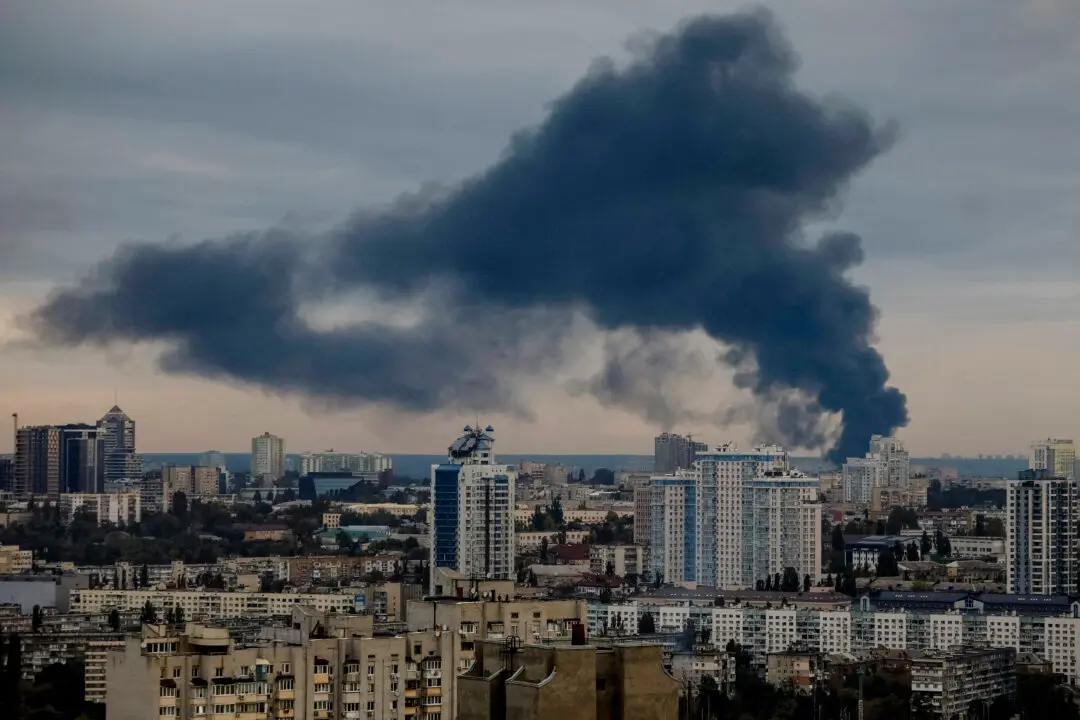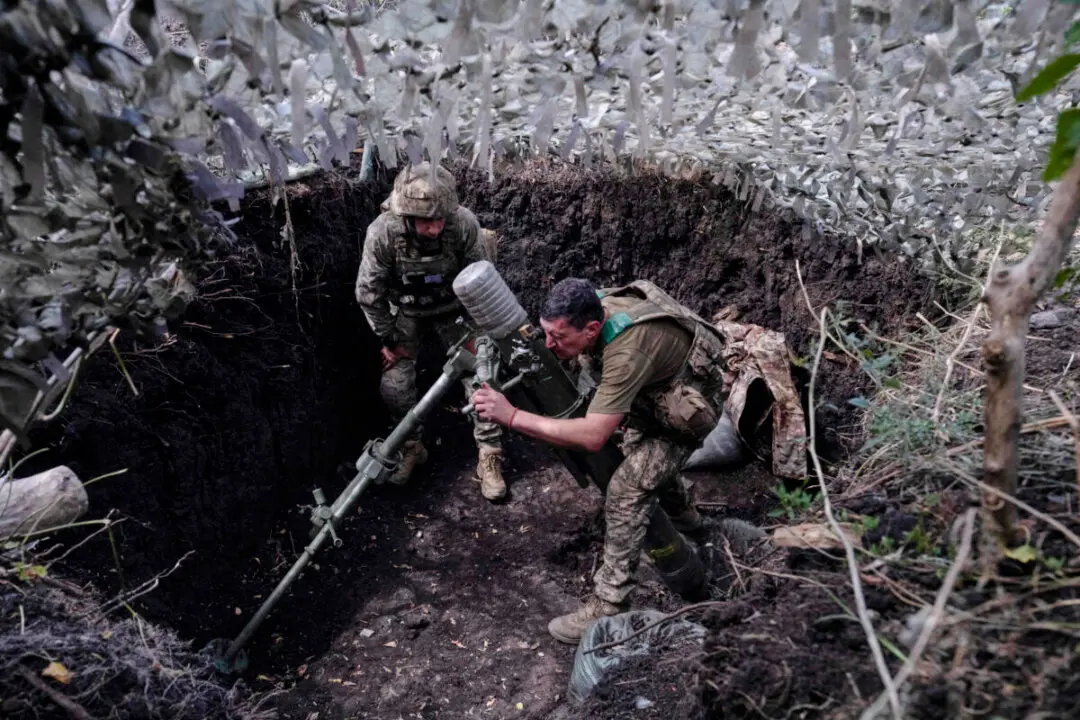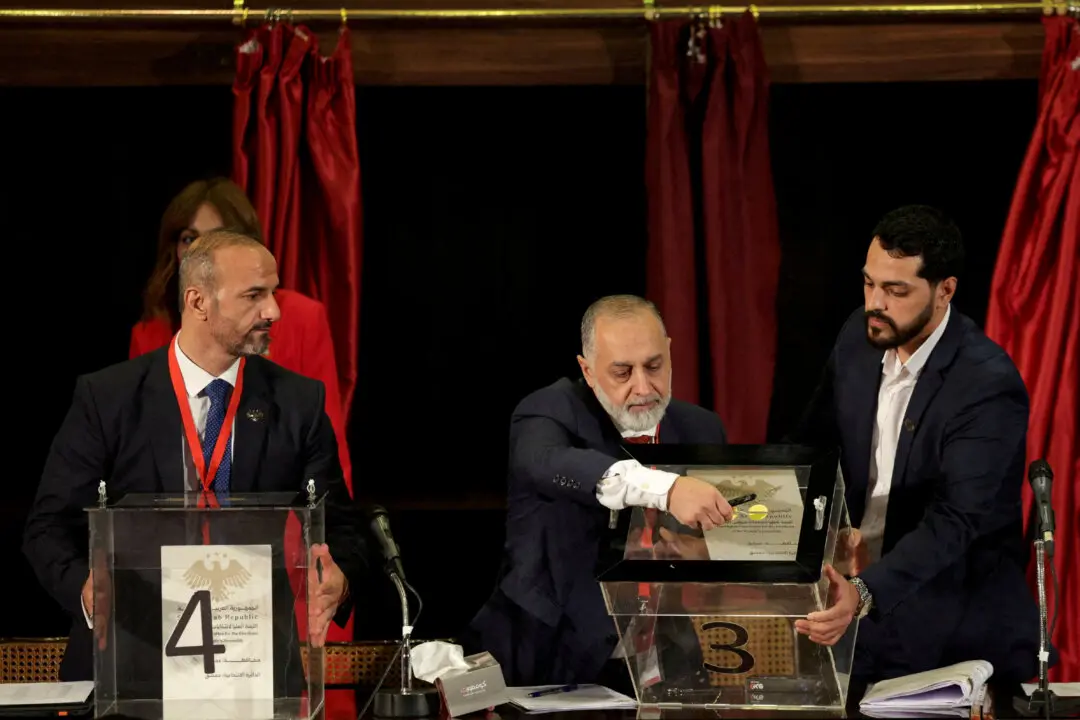As Russia celebrates the imminent incorporation of four Ukrainian regions into its territory, Kyiv’s western supporters have vowed to impose new sanctions on Moscow in response to referendums that they say are illegitimate.
In five days of polling that ended on Sept. 27, the vast majority of voters in the regions of Donetsk, Luhansk, Zaporizhzhia, and Kherson opted to leave Ukraine and join the Russian Federation, according to Russian and pro-Russian sources.





